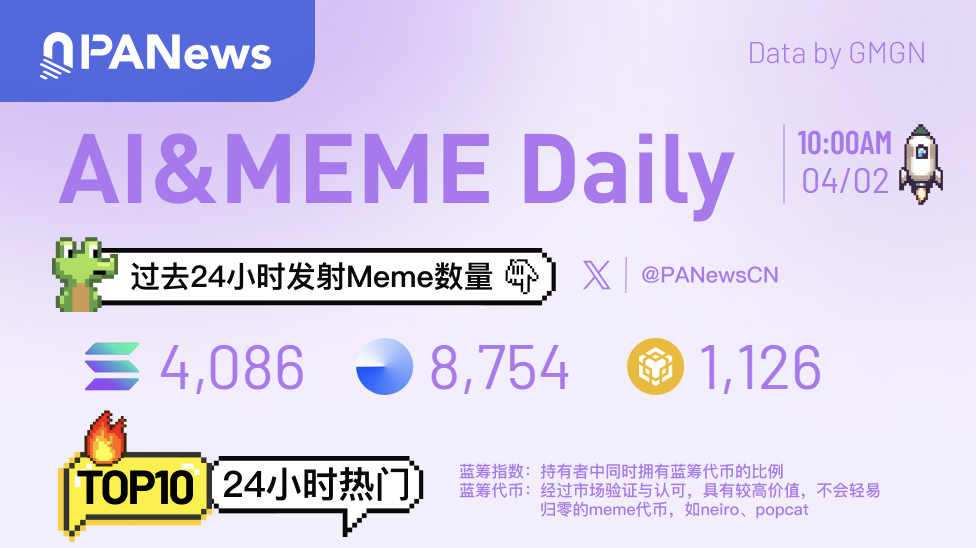- Basel-based regulations effective January 1, 2026.
- Applies to Bitcoin, Ethereum, stablecoins, and RWAs.
- Aligns Hong Kong’s banking system with global crypto standards.
The Hong Kong Monetary Authority announced it will fully implement banking capital regulations based on the Basel Committee’s standards for cryptocurrency from January 1, 2026.
This move affects banks’ approach to stablecoins and RWAs, potentially influencing global crypto regulatory frameworks.
Hong Kong Aligns with Basel Crypto Standards
The Hong Kong Monetary Authority’s announcement underscores its commitment to align with Basel Committee standards, integrating a wide repertoire of crypto assets such as Bitcoin, Ethereum, and RWAs into regulatory purview. Basel’s criteria influence bank operations globally, a consistency maintained in this move.
Stablecoins, typically issued on public chains, and RWAs, might see altered holding patterns among local banks. Industry insiders suggest banks might reevaluate their exposure to such assets in line with Basel criteria implemented in Hong Kong.
Market Dynamics: Bitcoin, Ethereum, and Regulatory Changes
Did you know? Hong Kong’s adoption of Basel crypto regulations mirrors global efforts like EU’s MiCA, aiming for consistent post-2026 banking protocols similar to the 2025 enactments across Europe.
Bitcoin (BTC) trades at $115,611.45 with an approximate market cap of $2.30 trillion. Market dominance sits at 57.86%, experiencing a 24-hour trading volume of $82.30 billion—a 41.44% surge. Bitcoin’s recent price changes include a modest 2.32% increase over 24 hours, post a 60-day rise of 10.08%. Source: CoinMarketCap.
Bitcoin(BTC), daily chart, screenshot on CoinMarketCap at 04:05 UTC on August 23, 2025. Source: CoinMarketCapExpert analysis from Coincu Research flags potential sectoral adjustments as global banking adheres to a unified crypto operating baseline, highlighting how technological and financial strategies might pivot towards compliance, echoing historical adaptability in other financial domains.
| DISCLAIMER: The information on this website is provided as general market commentary and does not constitute investment advice. We encourage you to do your own research before investing. |
Source: https://coincu.com/news/hong-kong-basel-crypto-regulations-2026/


